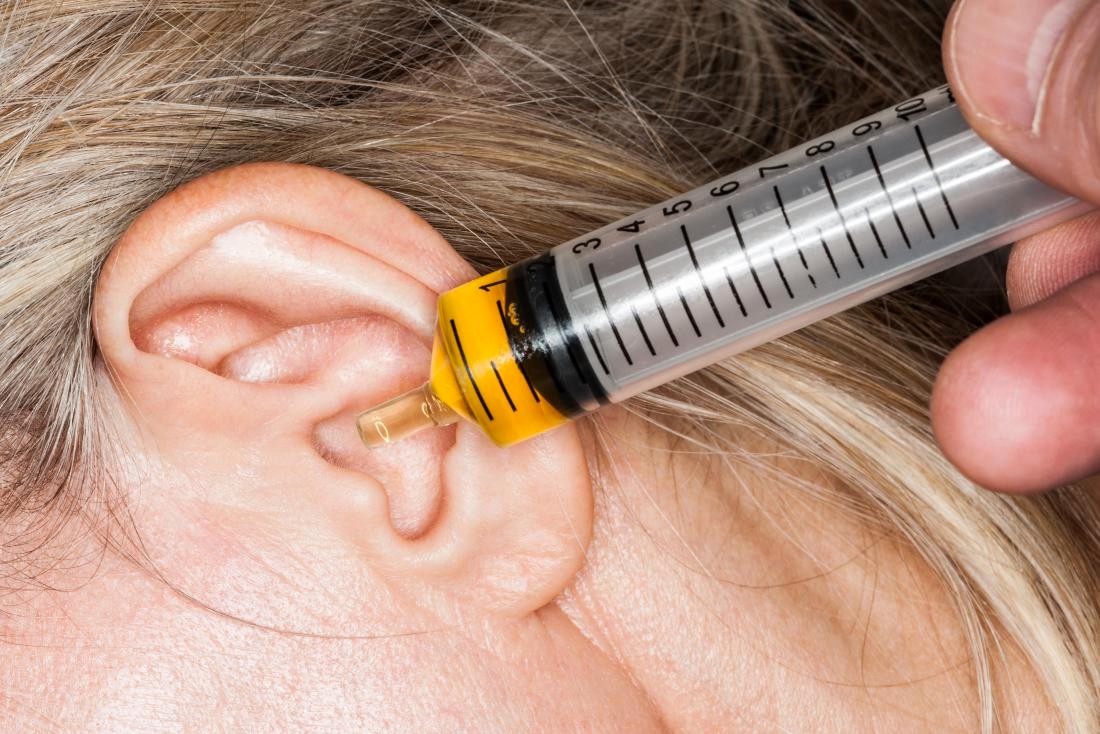Earwax is a natural substance that helps protect your ears by trapping dirt and germs. Earwax can be yellowish or dark brown, but it is usually soft and pliable. Earwax doesn’t cause hearing loss or pain, but it can block your ear canal. This can make it difficult to hear and even cause dizziness from poor circulation to the inner ear.
If you have trouble removing earwax with over-the-counter products, or if you have hearing loss caused by excess earwax, contact your doctor or audiologist for help.
Earwax, also known as cerumen or ear wax, is a yellowish-brown substance secreted in the ear canal. It protects the skin of the ear from bacteria and fungi by acting as a barrier to water. The ear canal is lined with hair follicles that produce the wax and sebaceous glands that secrete oil. The wax is composed of dead skin cells, hair, and oil secretions.
The presence of earwax in your ears is completely natural. However, it can build up over time and cause problems if not removed properly or regularly. Earwax removal can be done at home with a few simple steps or by a professional doctor at an ear clinic.
The best way to remove ear wax is by using drops — not cotton swabs — that soften the wax so that it comes out on its own. Ear candles are not an effective way to remove ear wax because they don’t actually remove any wax at all — they just blow hot air into your ears, which can cause burns and injuries such as perforated eardrums or ruptured eardrum membranes (tympanic membranes).
You should never put anything smaller than a Q-tip into your ear canal because this could damage your eardrum or push any existing wax deeper into your ear canal where it won’t come out on its own like it would if left alone (or treated with drops).
The ears may produce too much earwax, which can block your hearing and cause pain. The wax can get stuck in your ear canal or outer ear. If you have trouble hearing, have pain or discomfort when you move your jaw, or notice a discharge from your ear, it may be time to see an ENT (ear, nose and throat) doctor. If you do have an earwax blockage, this can cause pain, itching or excessive tearing. The blockage may also make it difficult to hear out of that ear.
You should clean your ears if you notice an increase in the amount of wax in your ears (whether you can see it or not), if there is discharge coming out of one or both ears and if there are symptoms such as itching or swelling around the opening of your ear canal. If you’re having problems with wax buildup, see an ENT specialist before attempting home remedies on your own. You can get information more at https://peterbyrom.co.uk/.


